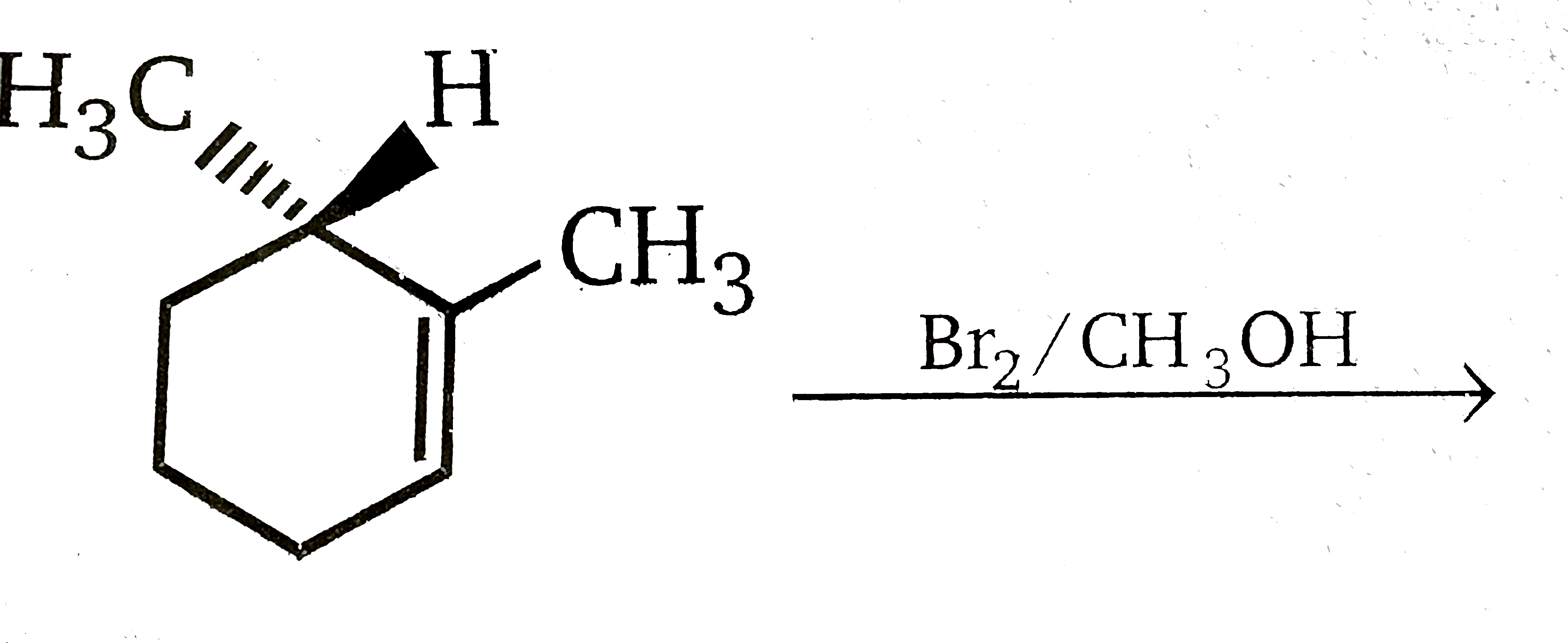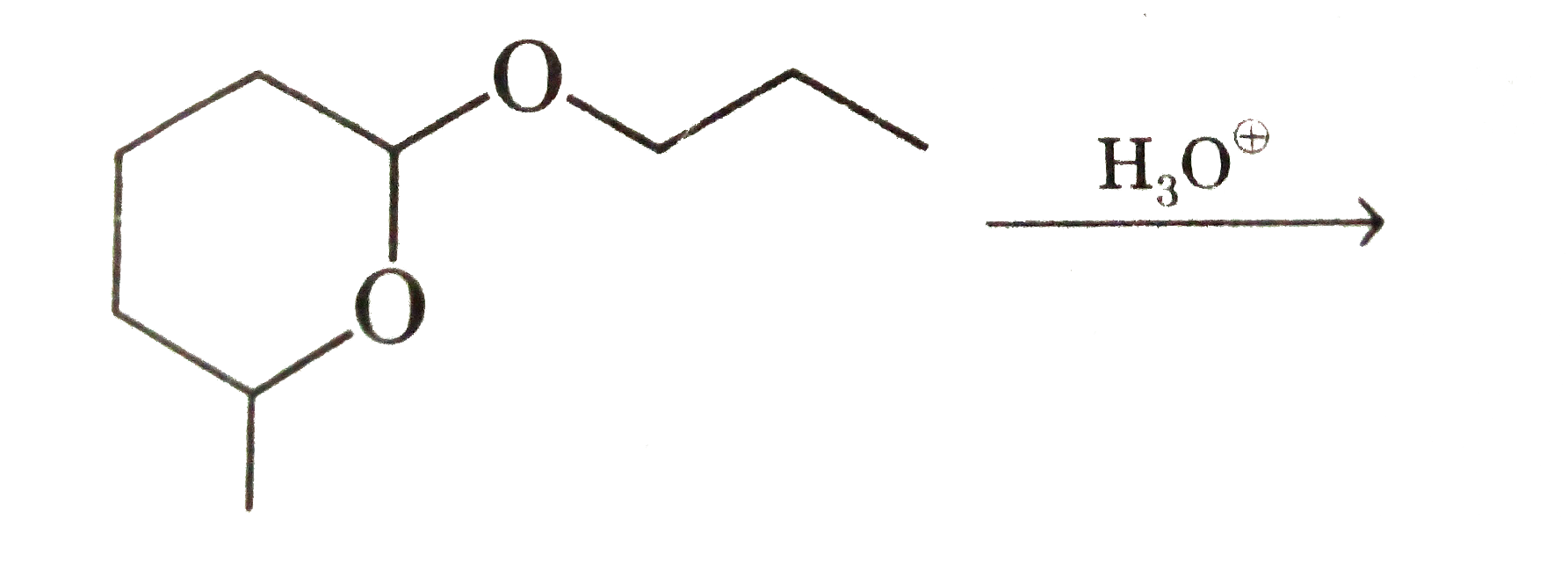A market research group conducted a survey of 1000 consumers and reported that 720 consumers like product A and 450 consumers like product B. what is the least number that must have liked both products?
To solve the problem, we will use the principle of inclusion-exclusion in set theory. Here's the step-by-step solution:
Step 1: Understand the given data
We have:
- Total consumers surveyed, N=1000
- Consumers who like product A, N(A)=720
- Consumers who like product B, N(B)=450
Step 2: Use the formula for the union of two sets
The formula for the number of elements in the union of two sets is given by:
N(A∪B)=N(A)+N(B)−N(A∩B)
where:
- N(A∪B) is the number of consumers who like either product A or product B (or both).
- N(A∩B) is the number of consumers who like both products A and B.
Step 3: Substitute the known values into the formula
We know that the maximum number of consumers who can like either product A or product B cannot exceed the total number of consumers surveyed, which is 1000. Therefore:
N(A∪B)≤1000
Substituting the values we have:
N(A∪B)=720+450−N(A∩B)
This simplifies to:
N(A∪B)=1170−N(A∩B)
Step 4: Set up the inequality
Since N(A∪B) cannot exceed 1000, we can write:
1170−N(A∩B)≤1000
Step 5: Solve for N(A∩B)
Rearranging the inequality gives:
1170−1000≤N(A∩B)
170≤N(A∩B)
This means that the least number of consumers who must have liked both products A and B is 170.
Conclusion
Thus, the least number of consumers who liked both products is:
170
We have:
- Total consumers surveyed, N=1000
- Consumers who like product A, N(A)=720
- Consumers who like product B, N(B)=450
The formula for the number of elements in the union of two sets is given by:
N(A∪B)=N(A)+N(B)−N(A∩B)
where:
- N(A∪B) is the number of consumers who like either product A or product B (or both).
- N(A∩B) is the number of consumers who like both products A and B.
We know that the maximum number of consumers who can like either product A or product B cannot exceed the total number of consumers surveyed, which is 1000. Therefore:
N(A∪B)≤1000
Substituting the values we have:
N(A∪B)=720+450−N(A∩B)
This simplifies to:
N(A∪B)=1170−N(A∩B)
Since N(A∪B) cannot exceed 1000, we can write:
1170−N(A∩B)≤1000
Rearranging the inequality gives:
1170−1000≤N(A∩B)
170≤N(A∩B)
This means that the least number of consumers who must have liked both products A and B is 170.
Thus, the least number of consumers who liked both products is:
170
Topper's Solved these Questions
- SETSBOOK - NCERTCHAPTER - SETSEXERCISE - MISCELLANEOUS EXERCISE
3 Videos
- SETSBOOK - NCERTCHAPTER - SETSEXERCISE - EXERCISE 1.3
1 Videos
- SETSBOOK - NCERTCHAPTER - SETSEXERCISE - EXERCISE 1.3
1 Videos
- RELATIONS AND FUNCTIONSBOOK - NCERTCHAPTER - RELATIONS AND FUNCTIONSEXERCISE - EXERCISE 1.3
14 Videos
- THREE DIMENSIONAL GEOMETRYBOOK - NCERTCHAPTER - THREE DIMENSIONAL GEOMETRYEXERCISE - QUESTION
1 Videos
Similar Questions
A market research group conducted a survey of 1000 consumers and reported that 745 consumers like product A and 430 consumers like product B. What is the least number that must have liked both products ?
View SolutionA market research group conducted a survey of 2000 consumers and reported that 1720 consumers liked product P1 and 1450 consumers like product P2. What is the least number that must have liked both the products?
View Solution
Knowledge Check
A market research group conducted a survey of 1000 consumers and reported that 720 consumers like product A and 450 consumers like the product B, then least number that must have like both products, is
A730B170C180D1270A market research group conducted a survey of 2000 consumers and reported that 1720 consumers liked product P1and1450 consumers liked products P2 the least number of consumers who must have liked both the products is
A1170B3170C270Dnone of theseWhat is that least number that must be added to the product 684×686 to make it a perfect square?
A685B1C684D686
A market researchgroup conducted a survey of 1000 consumers and reported that 720 consumers like product A and 450 consumers like product B. Then, the least number of consumers that must have liked both the products is
View SolutionIn a survery, it was found that 21 persons liked product A, 26 liked product B and 29 liked product C. If 14 persons liked products A and B, 12 liked products C and A, 13 persons liked products B and C and 8 liked all the three products then
(i) Find the number of persons who liked the product C only
(ii) The number of persons who like the products A and B but not C
View SolutionA survey of 850 students in a University yields that 680 students like music and 215 like dance. What is the least number of students who like both music and dance?
View SolutionWhat is a likely product of the reaction shown?

View SolutionWhat are the most likely products of the reaction shown below ?

View Solution
